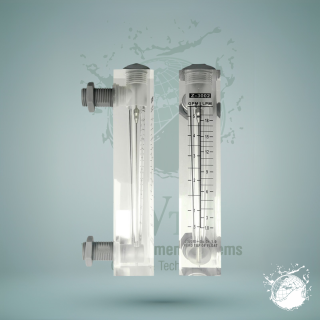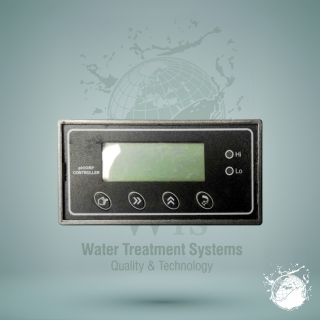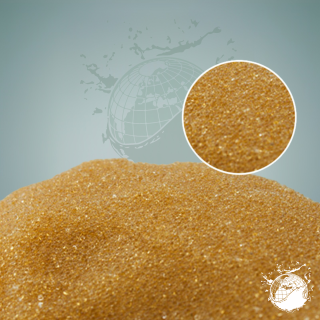MULTIPORT DIAPHRAGM VALVE M-32H
Valve used mainly in taking liquid samples, biological systems, laboratories and other projects. The valve is used in the pharmaceutical filling system, with a particular advantage of time in opening and closing.
Related products
-
Read more
Used to measure the flow rate or volume flow of a fluid or mass flow. They are used in pipes that transport fluid.
-
Read more
The pH meter is an instrument used to measure the acidity or alkalinity of a solution. The conductivity meter is truly a multi-capability device for water quality inspection.
-
Read more
This type of resin works to remove hardness from water through alkalinity. Cation resin is regenerated very efficiently with an acid, usually hydrochloric.
-
Read more
They are ideal for pre and post reverse osmosis filtration processes; also for residential water filtration systems, restaurants and industrial applications.
- 320 880 2996
- 950 - 2964






